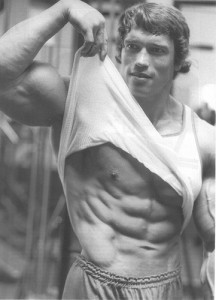Yes, I said the dreaded c-word. I know what you’re thinking: “Carbs are bad! Carbs are terrible! Get that Kool-Aid away from me!” But hear me out.
Many people adhere to low-carb diets to maintain a lean build. And it works. Low-carb diets can be extremely effective. Even so, there is one time when all people need to consume carbohydrates - and that is after a workout.
After a workout, most fitness enthusiasts know they need protein to rebuild and repair their muscles. As such, there’s a full spectrum of quality protein powders available. But marketers are savvy. Realizing the bad rap that carbohydrates get, most of these protein powders pride themselves on being low-carb or carb-free. While this might seem like a great selling point, it flies in the face of science and post-workout research.
When taken after a workout, carbohydrates restore muscle glycogen. And if you don’t eat carbs in your post-workout recovery meal, your body may actually break down muscle for this very same purpose. Uh-oh.
After you finish exercising, your body needs carbs - and it needs them fast. Simple carbohydrates, like the ones you might usually avoid any other time in the day, are absorbed quickest by the body, and thus they’re the ideal candidate. 40 - 70 grams of carbohydrates usually do the trick, which is basically a bottle of Vitamin Water. Nothing too crazy, though some trainers might advise upwards of 120 grams.
Here’s the bottom line: After you exercise, take a protein shake. And, in the likely event that your protein shake doesn’t provide enough carbs, grab a quick sugary drink or even a dextrose supplement. Yes, Davey Wavey just told you to drink a sugary drink. I promise, this is the only time!












